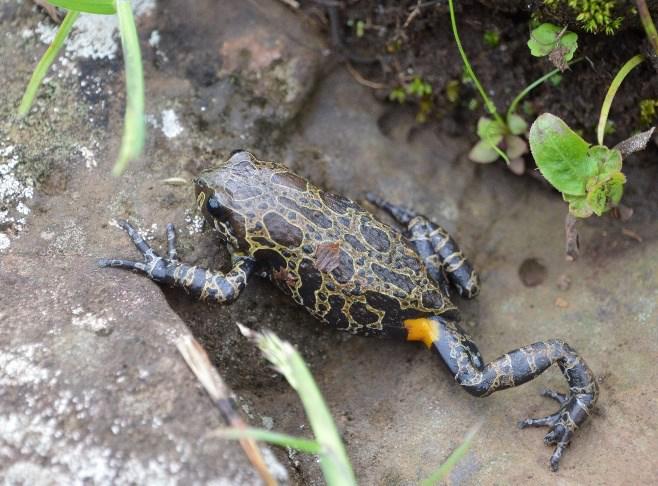Matthias De Beenhouwer
Other projects
28 Feb 2014
How a Better Knowledge of the Mammal and Herpetofauna Diversity of the Remote Gera Forest Priority Area, Ethiopia, Can Lead to a Sustainable Forest Protection
Our aim is to assess two forest fragments in the Southwest of Ethiopia, both within the Southern Nations, Nationalities and Peoples' Region. In the Sheka forest biosphere reserve in the Sheka zone, a previous expedition by BINCO found several red listed frog species, including Leptopelis and Afrixalus species. The other forest, the highland forest of Gura Ferda forest in the Bench-Maji zone has not yet been assessed previously in terms of faunal diversity. It is an unknown though vast forest (40,000 ha) that, because of its isolation (both from a geographic perspective as from an ecological perspective) and similarity (elevation and tree communities) can reveal interesting discoveries in terms of biodiversity. Most of the threatened and endemic amphibian species are confined to montane forest remnants, and are generally not found in degraded habitats. The area under study includes different habitat types including riverine forest, broadleaf forest and bamboo forest. The combination with wetlands, moorland and forest edges provide for a rich habitat diversity.

Paracassina obscura. ©Matthias De Beenhouwer.
This project builds further on a Rufford project (2014) in the Belete-Gera forest and a CEPF project (2016) in Sheka forest, both coordinated by the Project Leader and situated in Southwest Ethiopia. With this work we aim to contribute in two different ways: The first is to increase the biodiversity knowledge and biological priority of the Sheka forest, nationally and internationally, for biodiversity conservation. The degree of endemism and forest specialist found in the group of amphibians merits a thorough understanding of its biodiversity. Here, we will sample a specific frog species (Leptopelis sp. nov.) found in Sheka forest, of which adults measure only 22-30 mm, smaller than any known Leptopelis in Ethiopia so far.
Secondly, by performing surveys of faunal diversity in the remote Gura Ferda forest, we hope to indicate the presence of globally threatened and/or endemic species to be able to apply this forest as a Key Biodiversity Area (KBA). This will be the first surveys of faunal diversity of this isolated but threatened forest (estimated at 40,000 ha) close to the border with South Sudan. The forest has only seen a plant inventory (Denu, 2006, M.Sc. Thesis). Because of the remoteness, a survey of other taxa remained absent so far. Indication of the Gura Ferda forest as a KBA will draw international donors towards the forest and can increase support for this forest at local, national and international level. For now, distribution maps of endemic Leptopelis spp. and Afrixalus spp. do not include Gura-Ferda forest, despite being the right habitat and elevation. We therefore believe that this forest will reveal interesting discoveries that merit further study.